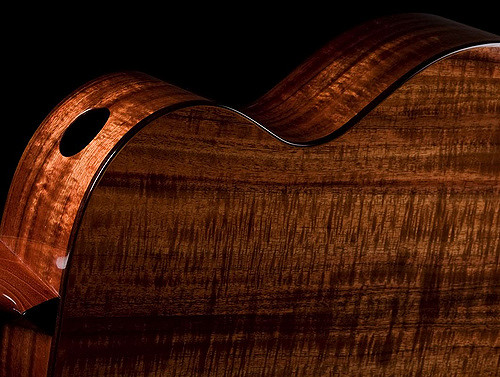 If you have ever damaged or fully broken your instrument I do not need to tell you the dread, morose and fear you experience at the moment you realized that the unmentionable has happened. I also don’t need to tell you that you are never the same after that. Well… I might be exaggerating on that one but you sure as hell won’t treat your instrument the same way you did before. You will invest in all the necessary and sometimes unnecessary accessories to keep your instrument safe. One of the most necessary accessories is guitar strap.
If you have ever damaged or fully broken your instrument I do not need to tell you the dread, morose and fear you experience at the moment you realized that the unmentionable has happened. I also don’t need to tell you that you are never the same after that. Well… I might be exaggerating on that one but you sure as hell won’t treat your instrument the same way you did before. You will invest in all the necessary and sometimes unnecessary accessories to keep your instrument safe. One of the most necessary accessories is guitar strap.
While a guitar strap might seem like just a thin material you clip on your instrument so that it does not fall out of your hands there is a lot more to it than that. You need to know the weight of your guitars, material of the strap, attachment and a lot more. If you have questions about that you are in the right place. So now let’s talk some of the major things you need to take into account before choosing the best guitar strap for your guitar.
Material
Just like with most accessories, you will see straps in all price ranges. There are straps you can buy just for $5 while others go over the $100 mark. The difference? Quality (duh!). The main aspect of the quality is the material used for the strap. While the cheap ones are usually made from nylon or synthetic fiber the more expensive and durable ones are usually leather. There are also materials like cotton and neoprene that are vastly popular. Although nylon and synthetic materials are the less expensive ones they also vary by the combination of material.
When it comes to choosing the material of your strap you need to consider several things. One of the most important ones is the comfort and slippage of the material. If you are gigging a lot in an extra humid room you might have issues with your strap moving up and down. This usually happens with leather that was polished or synthetic materials. You also need to consider whether the material you will have on your body is irritant for you. For instance, if I use leather straps it irritates my skins if it comes into direct contact.
Length
Another important factor you have to keep in mind, so that you don’t end up with a wrong model that totally does not fit your requirements, is the length of the strap. While most straps are around 40-60” in length people who are either very tall or short or have long hands and vice versa need to pay special attention to the length. Usually, most straps are very adjustable and you can lengthen it or shorten it to your own liking. If also depends on how you like playing – if you would rather hold with your hands fully stretched down you will need a model that is either long or adjustable to that length.
Attachment
While the end part of the strap is the smallest detail of the accessory most strain usually is in the attachment. That is why most brands use leather for the locking part of the strap even if the rest of the strap is made of cotton or synthetic fiber. The leather is most sturdy and durable, there is a smaller chance of it slipping and your guitar getting unattached from the strap. Of course, the strap locks are very important in keeping your instrument connected to the strap and if you need one we have a list of some of the best strap locks as well as a guide for strap locks and how to attach them.
Conclusion
There are a lot of details to straps. To some, they might seem like a simple, often necessary accessory but ask any person who has even a minor breakage on their instrument and they will tell you that if you want to keep your instrument safe you need straps. Some of the major things you need to keep in mind when buying straps are the budget, of course, a strength of the material used to make it, comfort of the width of the strap and material and attachments.






